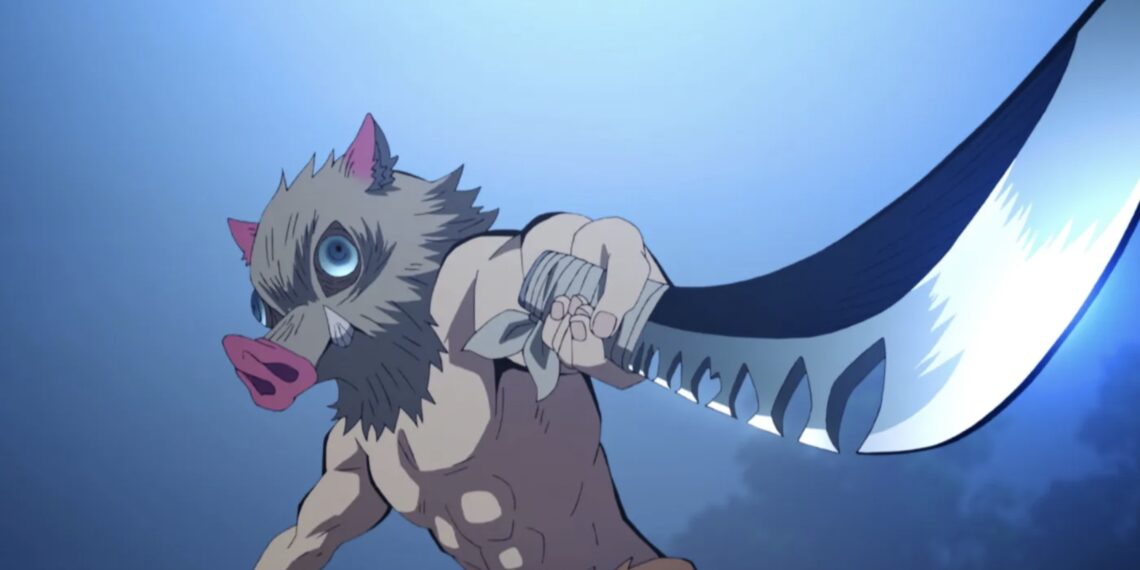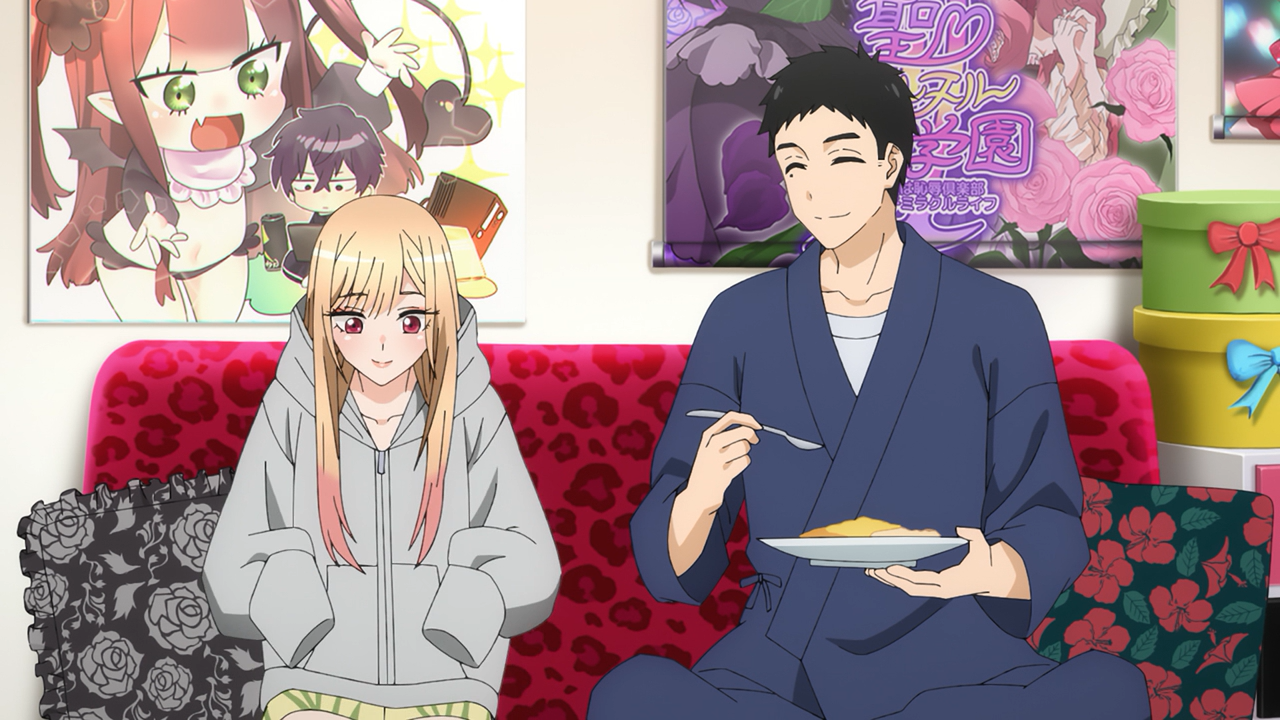In Demon Slayer, there are compelling arguments that more than one character merits the label of “main character” or “protagonist” – namely Tanjiro Kamado and Inosuke Hashibira.
Both of these young men display qualities typically associated with the central heroes of Shōnen manga and anime series.
At first glance, most viewers would likely identify Tanjiro as the unambiguous lead character. As the primary focal point of the overall narrative, he fits the conventional mold of a Shōnen protagonist – kind-hearted, determined in his quest, and powered by the desire to protect his loved ones.
However, the eccentric Inosuke also exhibits character traits that position him as protagonist material. Behind his aggressive bluster lies a somber backstory of isolation and self-reliance, similar to many celebrated manga heroes.
5 Reasons Why Inousuke Could Be The Main Protagonist Of Demon Slayer
In essence, Tanjiro and Inosuke share significant narrative purposes and developmental arcs despite their radically different personalities.
Both spearhead the fight against sinister demons while trying to preserve humanity and family amidst tragedy.
Their shared goal obscures the distinction of who is “main” and who is “supporting.” Much like the symbiotic dynamic between other classic Shōnen leads like Naruto and Sasuke, the case can legitimately be made for either Tanjiro or Inosuke as Demon Slayer’s driving force. Their partnership itself is central to making the series shine.
5. The Cruel Origins and Vengeful Resolve of the Wild Boar Demon Slayer
Tanjiro and Inosuke share the tragic bond of having their family brutally killed by demonic forces linked to the sinister Muzan Kibutsuji.
Once a mortal man, Kibutsuji transformed into the powerful progenitor demon after experimenting on his own body, gaining the ability to convert humans into demons through his blood.
He commands the Twelve Demon Moons, an elite cadre of demons who do his bidding.
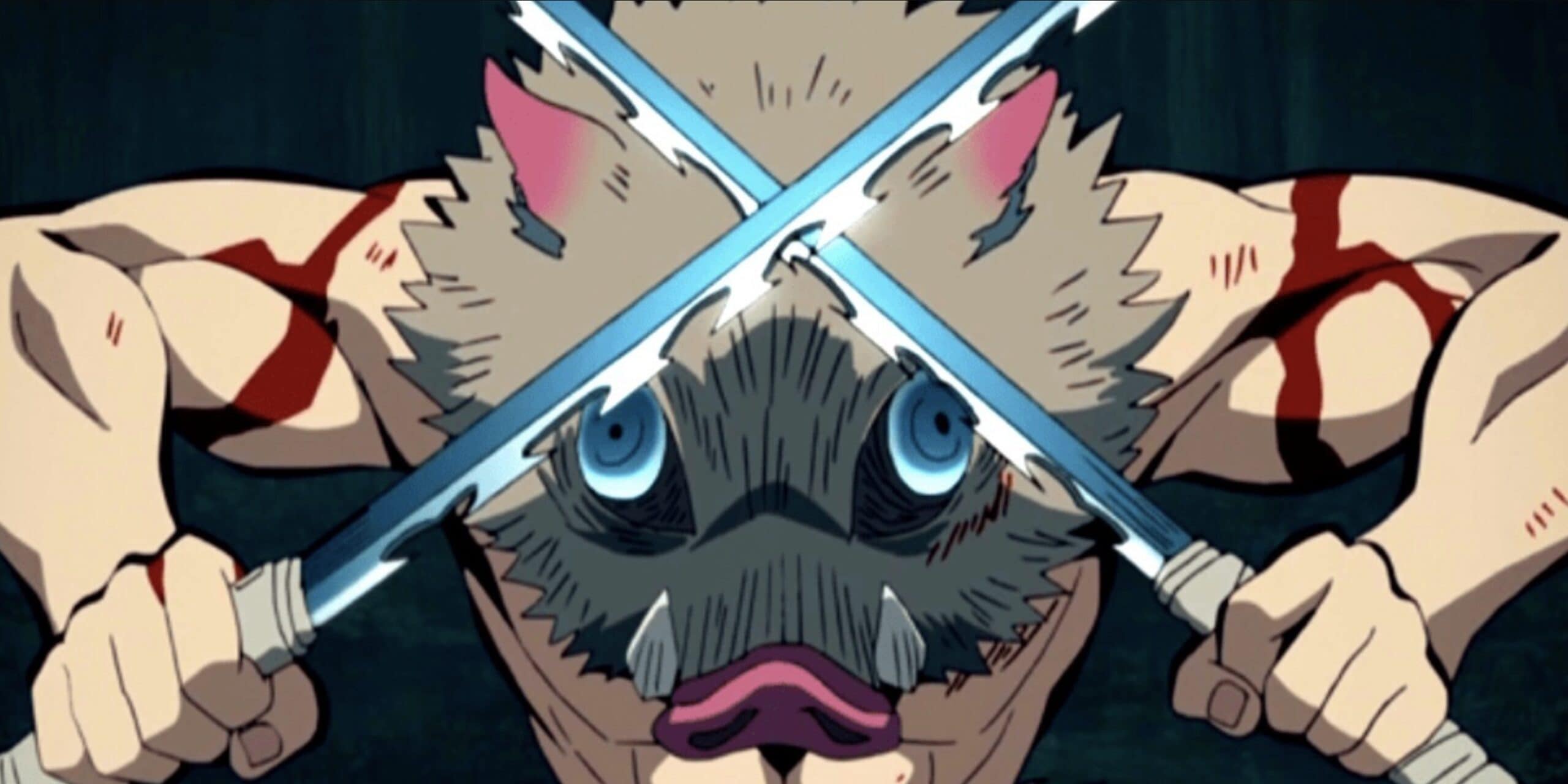
One Demon Moon named Doma played an instrumental role in the suffering of Inosuke’s early life. After enduring abuse from his father, Inosuke’s mother fled with infant Inosuke, finding refuge with Doma’s cult called Eternal Paradise.
However, this supposed sanctuary was actually a feeding ground for Doma to devour his followers. Upon discovering Doma’s true demonic nature, Inosuke’s mother attempted to escape with her son.
Tragically trapped on a cliff’s edge with Doma in pursuit, she hurled Inosuke into a river below to spare him from being eaten before meeting that gruesome fate herself.
Inosuke thus found himself orphaned by demonic treachery, just as Tanjiro helplessly witnessed his family slaughtered by Muzan’s underlings.
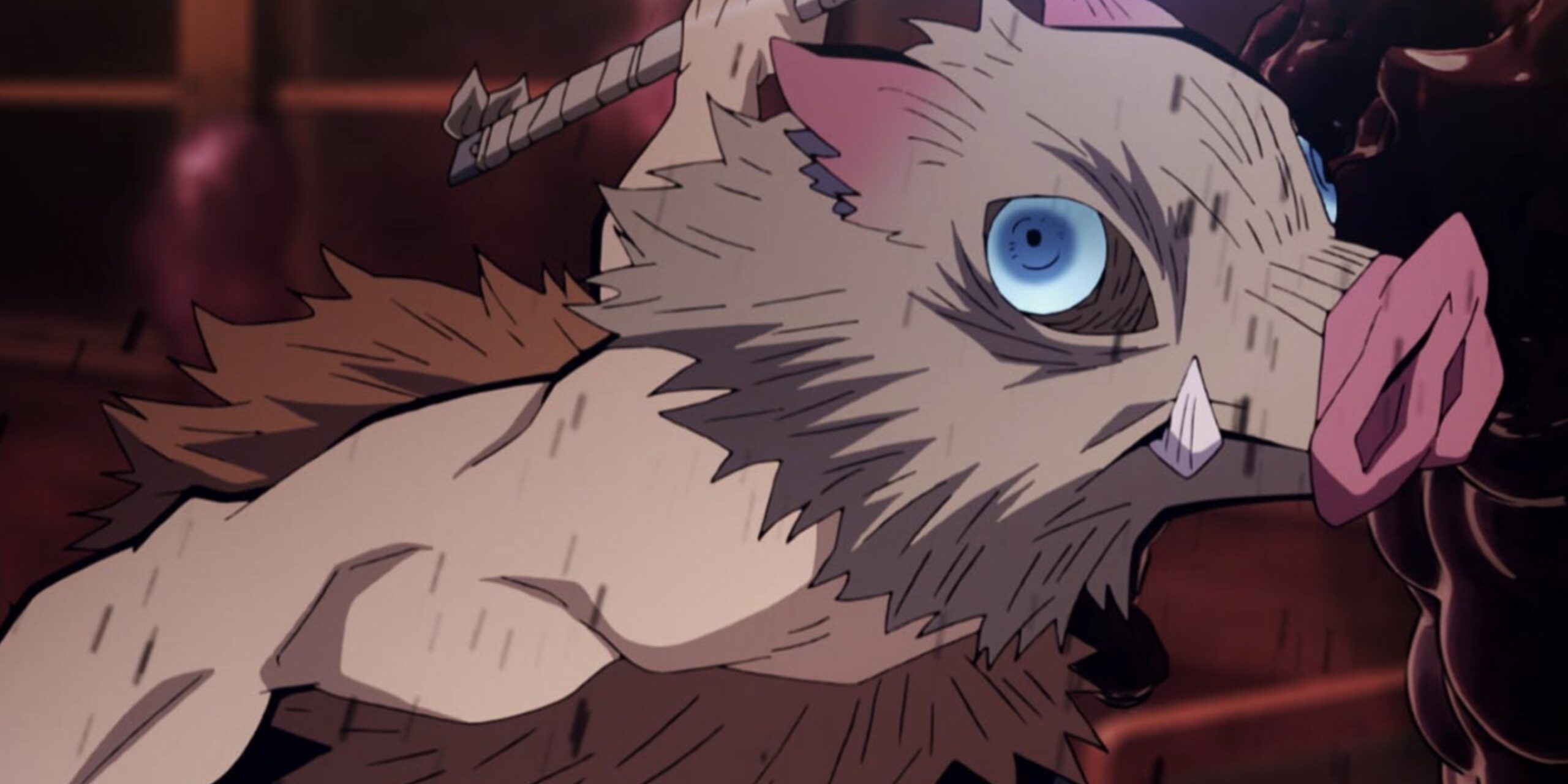
This has fueled Inosuke’s vengeful drive to eliminate demons at all costs while still hiding deeper vulnerabilities under his abrasive exterior.
His backstory parallels Tanjiro’s loss and determination to fight on behalf of loved ones, further connecting the two young Demon Slayers in spirit and purpose.
4. Unmasking the Layers of the Wild Boar Demon Slayer
Beneath his belligerent, wild-man facade, Inosuke’s character reveals hidden complexity as the Demon Slayer story progresses. Initially introduced as a lone wolf fixated on fighting the strongest foes, consequences be damned, Inosuke slowly discovers the power of friendship after his abrasive personality clashes with Tanjiro’s group.
Though proud to a fault and preferring to rely only on his raw strength and animal instincts in battle, the orphaned youth’s experiences gradually temper his stubborn independence.
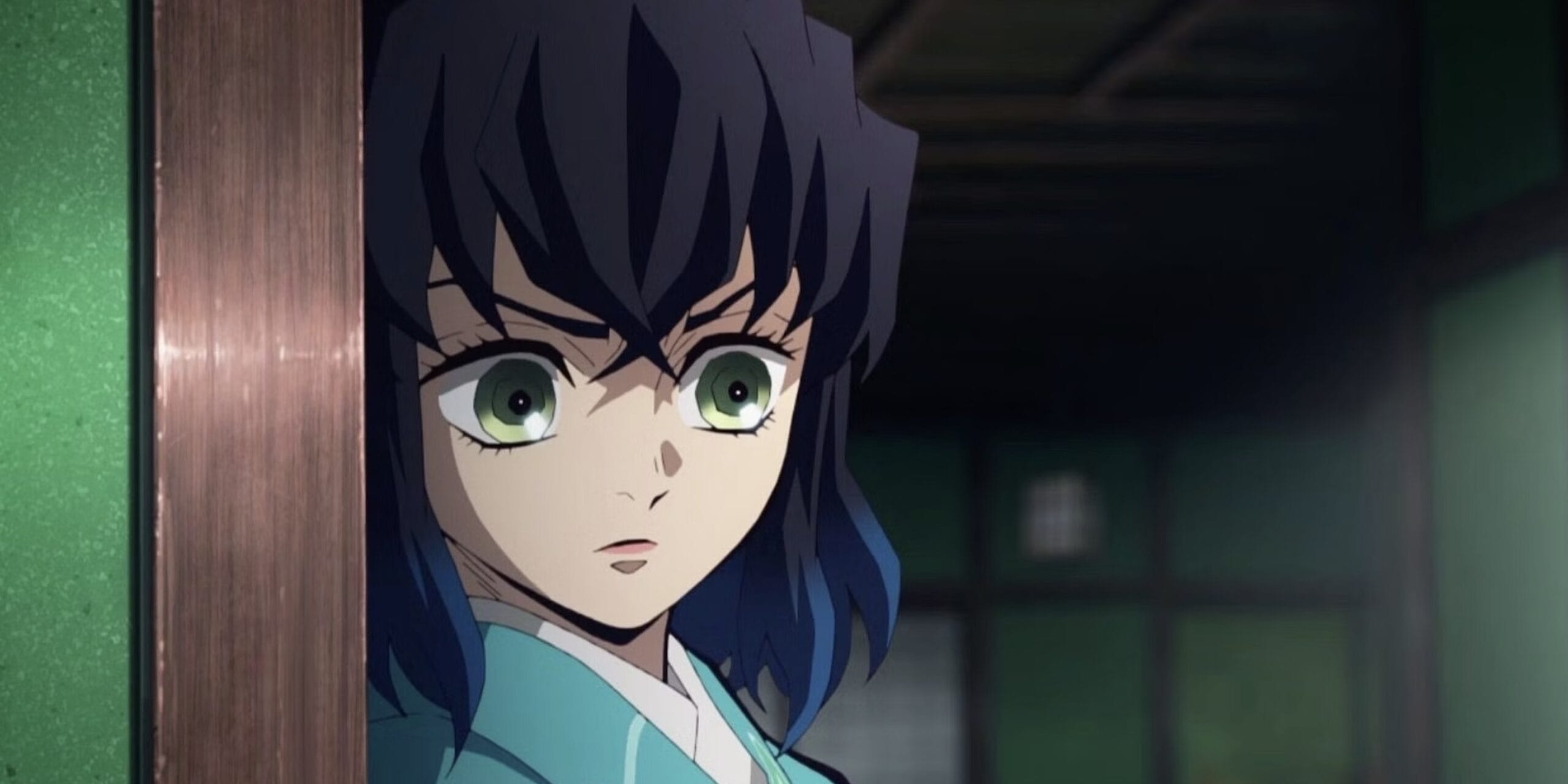
As Inosuke grudgingly cooperates more with Tanjiro, Zenitsu, and Nezuko, glimpses emerge of his underlying need for companionship and support.
He may kick and scream defiance whenever forced to request help against enemies, but bit by bit, the armor around his heart cracks open.
While still aggressive and stubborn, Inosuke evolves from a stereotypical hot-headed rival into a truer hero, still finding his way. His path to maturation and vulnerability resonates with fans who want to see him overcome past trauma to achieve both personal redemption and victory against the demon hordes.
Though his means are often uncouth, one root for the boar-headed boy’s growth in the relationships and abilities needed to defeat the threats facing him and his newfound friends.
3. The Unbridled Recklessness and Lessons in Survival
True to his boar-like persona, Inosuke exhibits a stubborn recklessness that often borders on sheer pigheadedness. Ever ready to fly off the handle into fits of violence, Inosuke seems to relish causing bodily harm to himself and others.
He prizefighter dislocates his own joints to slither through tight spaces and regularly uses his rock-hard head as an offensive battering ram with little regard for his safety.
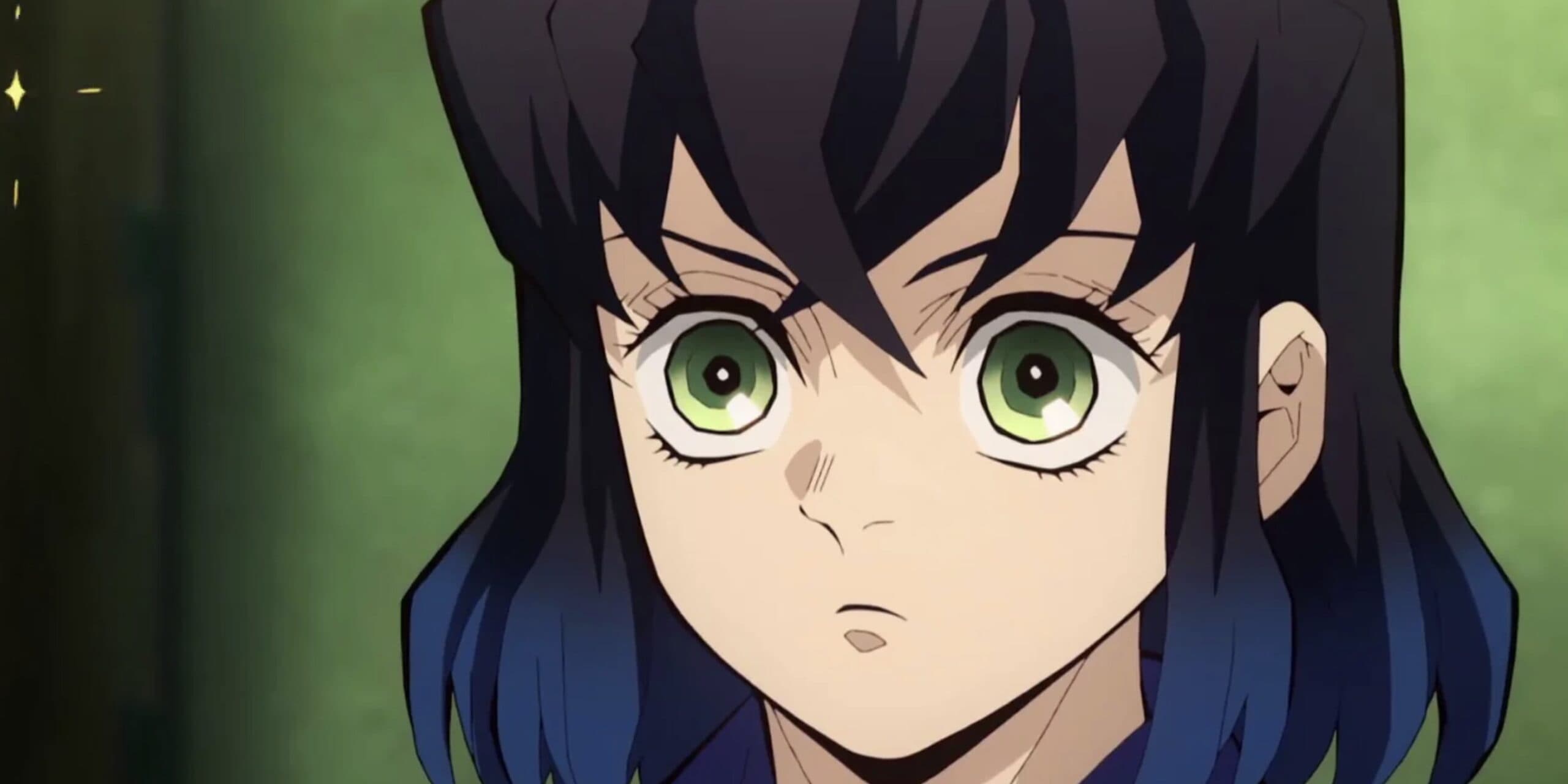
This enthusiasm for danger even manifests in Inosuke’s unrefined combat style – a whirling, frenzied barrage of attacks more akin to a rampaging wild beast than a disciplined warrior.
Driven by raw emotion and killer instinct rather than tactics, Inosuke fights with a relentless, thoughtless intensity that overpowers weaker foes through sheer ferocity but also puts himself at constant risk.
As his experience against more formidable demons grows, the limits of his wild ways are exposed, forcing Inosuke to learn caution and restraint.
Though still first to rush headlong into any battle, boasting and itching to brawl, confronting his mortality teaches Inosuke that he cannot smash through every fight through main strength and fury alone if he wishes to survive and grow stronger.
Grudgingly, awareness dawns that some compromise of his lone wolf berserker nature may be required.
2. The Beast Within – Enhanced Senses and Lethal Awareness
Augmenting his brute power, Inosuke possesses superhuman tactile senses from his feral upbringing that make him a more versatile fighter.
Having survived alone in the harsh wilderness for years, he developed the acute sensitivity of a hunting beast, able to detect prey through the subtlest environmental disturbances.

Attuned to picking up vibrations and shifts in the atmosphere through his skin, Inosuke can perceive threats in his vicinity even when blinded, granting a critical edge when battling demons.
This heightened touch perception likely also enables greater mastery of his self-taught, unorthodox breathing technique styles.
Seemingly more brawler than a swordsman, Inosuke’s ability to read opponents’ movements through contact facilitates reacting instantly amidst his chaotic barrage of close-quarters techniques.
His refined environmental awareness combines lethally with raw speed, strength, and indomitable willpower.
Against Rui, the Ghastly Spider Demon, while Tanjiro and Zenitsu lay paralyzed, it was Inosuke alone who faced the monster one-on-one for an extended duration – an incredible feat for any Demon Slayer.
Though ultimately still outmatched, the fact that this feral youth could clash directly with one of Muzan’s Twelve Kizuki at all speaks to his potential to grow even fiercer, given the proper motivations and discipline.
1. The Lone Wolf’s Unexpected Craving for Connection
When introduced, Inosuke fits the archetype of the brooding lone wolf anti-hero – caring about no one but himself and perpetually driven to seek out his next battle to test his strength, regardless of risk.
His isolated upbringing and lack of human compassion seemingly molded him into a feral beast in boy form, focused solely on survival by cultivating his physical abilities and animal instincts to overpower any enemy in his path.
However, through forced cohabitation with Tanjiro’s circle, the first cracks form in Inosuke’s self-imposed isolation.
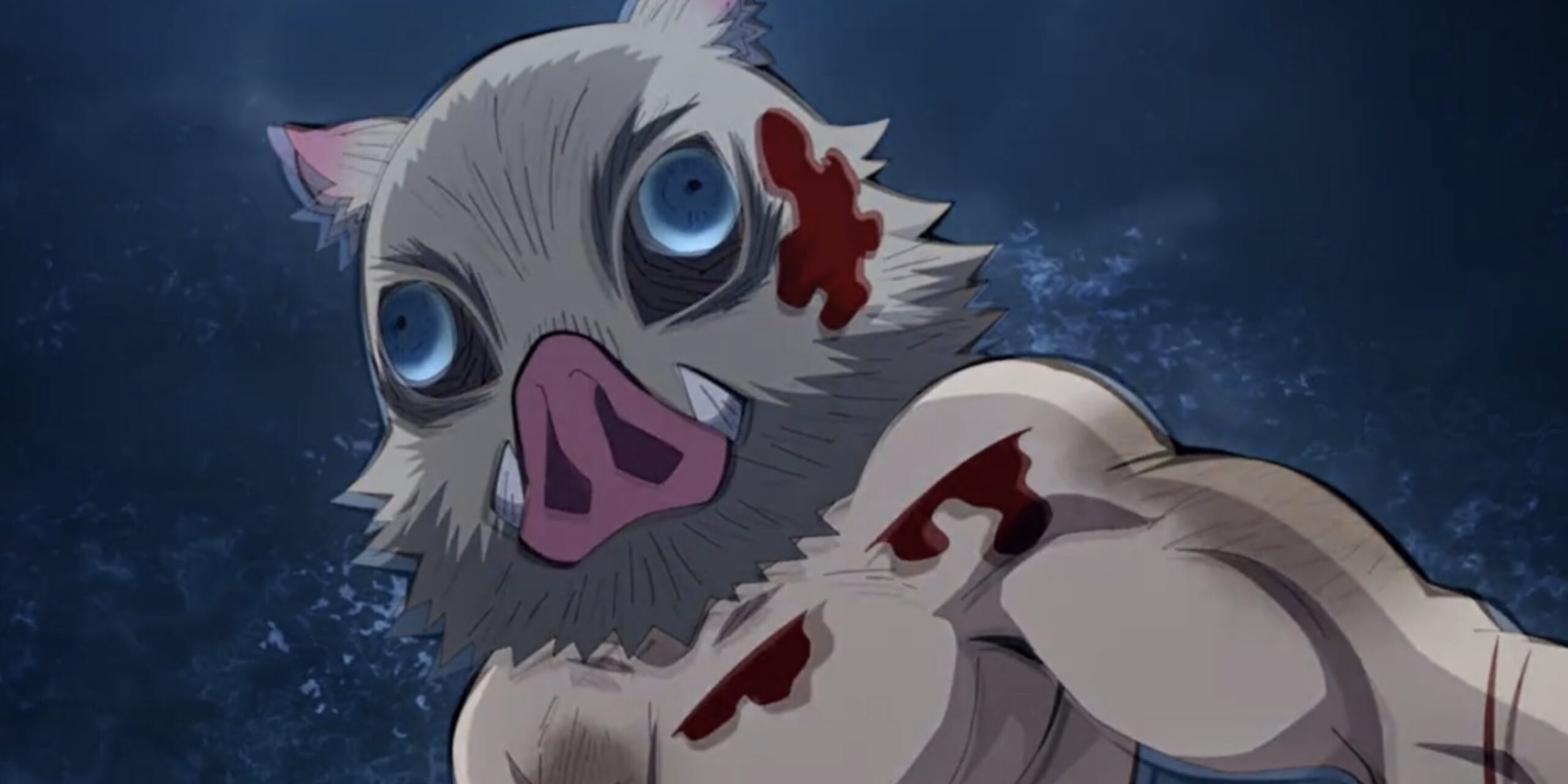
As much as he initially scoffs at relying on others and forges ahead recklessly on his own, he reluctantly comes to realize the value of fighting alongside comrades against threats beyond any single warrior.
In unguarded moments, Inosuke’s hidden cravings for community and purpose shine through his tough facade.
There is character growth in episodes where the typically stubborn Inosuke consciously desires Tanjiro’s reinforcement by his side rather than persisting in futile solo confrontations.
Over time, sparked by unwanted camaraderie, his development from a one-dimensional savage caricature to a more rounded human protagonist better equipped to confront the challenges ahead becomes a compelling subplot of self-discovery.
Those small glimpses of yearning for connection and self-transcendence make Inosuke’s character arc shine.
5 Reasons Why Inousuke Could Never Be The Main Protagonist Of Demon Slayer
Here are the five reasons why Inousuke could never be the main character of the series like Tanjiro.
5. Tanjiro’s Tragic Past
Tanjiro’s once happy family was also viciously targeted and destroyed at the hands of the merciless Muzan Kibutsuji.
After Tanjiro’s father passed away from illness, Tanjiro took over as a provider, selling charcoal to support his loving mother and many younger siblings.
Upon returning home one dreadful evening, Tanjiro detected the horrifying scent of spilled blood with his unusually keen sense of smell.
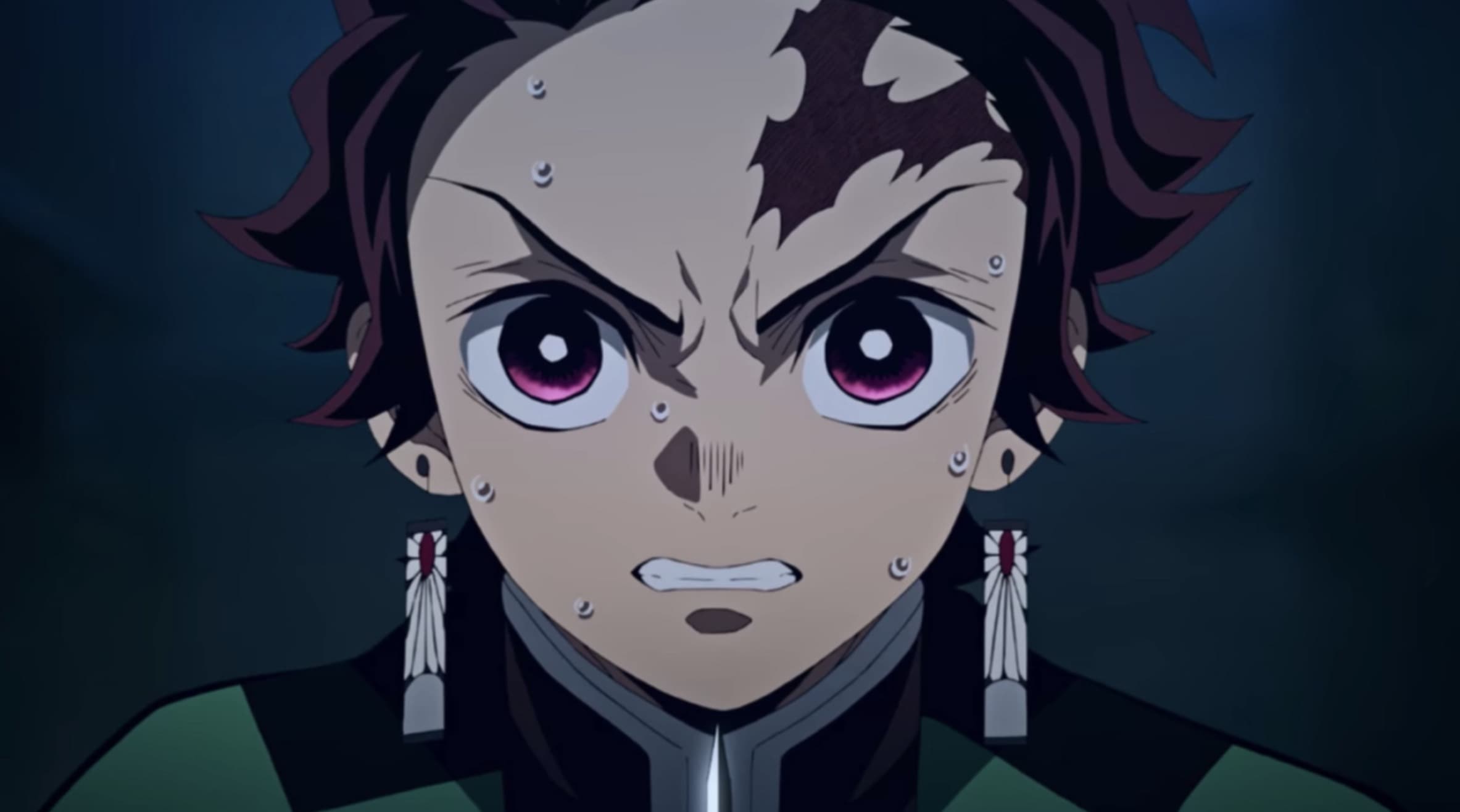
Rushing back, he discovered the carnage of his massacred family – all slain by ravenous demons.
Miraculously, his sister Nezuko still clung to life, though she had been transformed into a demon herself by Muzan’s malevolent “Blood Demon Art.”
Through this profane mystical power, Muzan’s unique biology allows him to turn humans into obedient demon followers just by making them ingest his altered blood.
Wielding this ability, Muzan personally invaded the Kamado family’s home, slaughtering all present except Nezuko while cruelly converting her into one of his demonic servants.
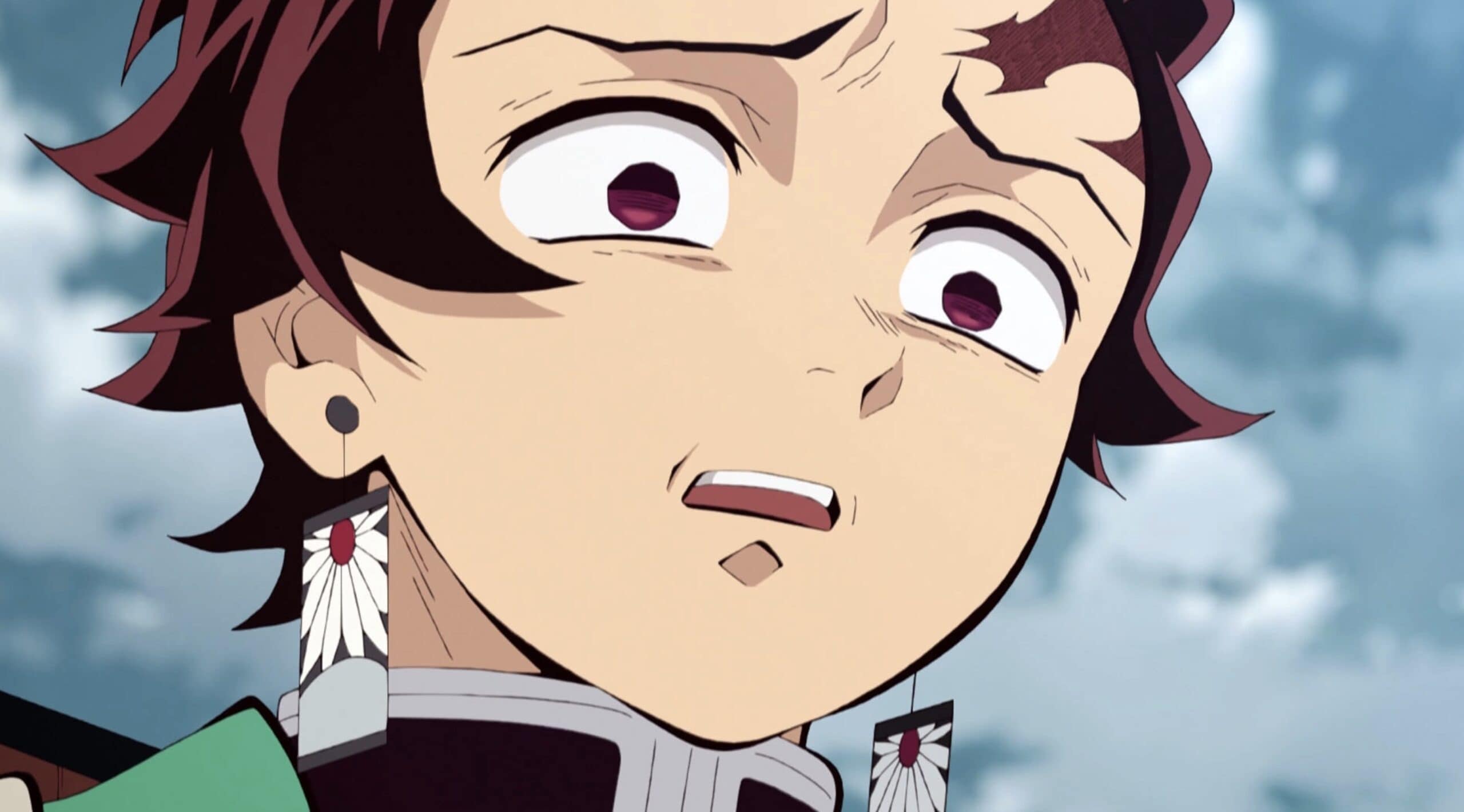
Tanjiro thus helplessly returned to find his bright future permanently stained by Muzan’s attack, echoing the tragedy Inosuke once faced.
United by cruel loss, Tanjiro’s one driving motivation is now to save Nezuko from her forced demonhood and avenge his butchered mother and siblings taken so unjustly soon after his father.
His quest is aligned with Inosuke’s – to eliminate Muzan and his supernatural scourge from the land through the power of the Demon Slayer Corps martial arts.
4. Tanjiro and Nezuko’s Symbiotic Relationship
Tanjiro’s heroic traits shine both inwardly and outwardly. His Demon Slayer training cultivates formidable martial prowess yet tempers raw might with emotional intelligence.
While undeniably courageous, Tanjiro’s selflessness creates interesting conflict – his reckless valuing of others above self can inspire as well as endanger.
Frequently, he throws himself into peril to shield allies or even opponents judged capable of redemption. This earnest bravery makes him a magnetic yet controversial leader.
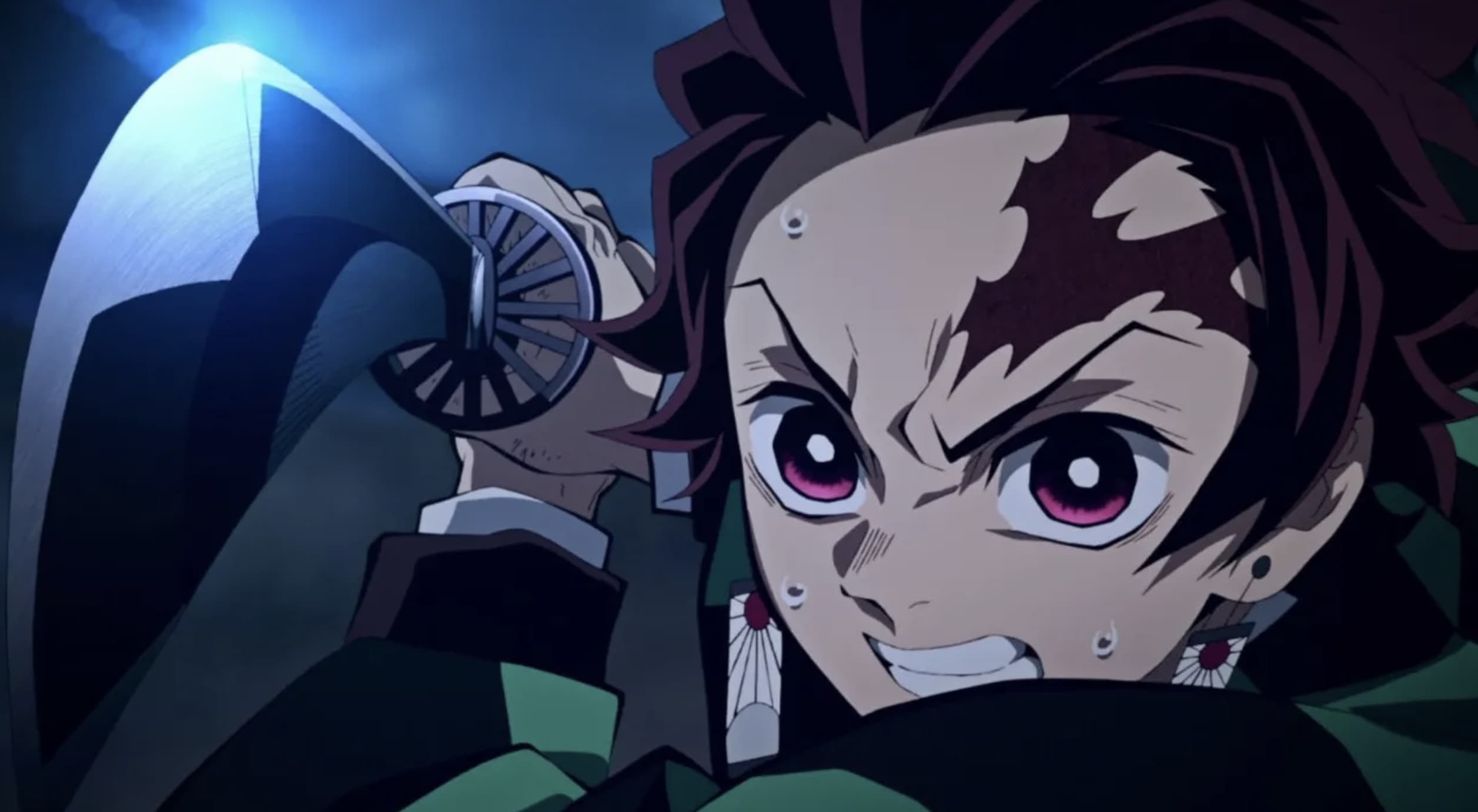
What balances these competing facets is the unlikely partnership Tanjiro shares with his sister Nezuko.
Once frail as a human, after her forced demonic transformation, Nezuko emerges with startling powers still muted by her lingering humanity.
The ornate box crafted to shield Nezuko from sunlight’s lethal effects also serves to conceal her growing abilities, which erupt forth to aid Tanjiro in critical moments.
Her assistance protects Tanjiro both physically and morally – his devotion to freeing Nezuko drives him to fight on despite long odds, yet her continued affection safeguards his compassion from being consumed by vengeance.
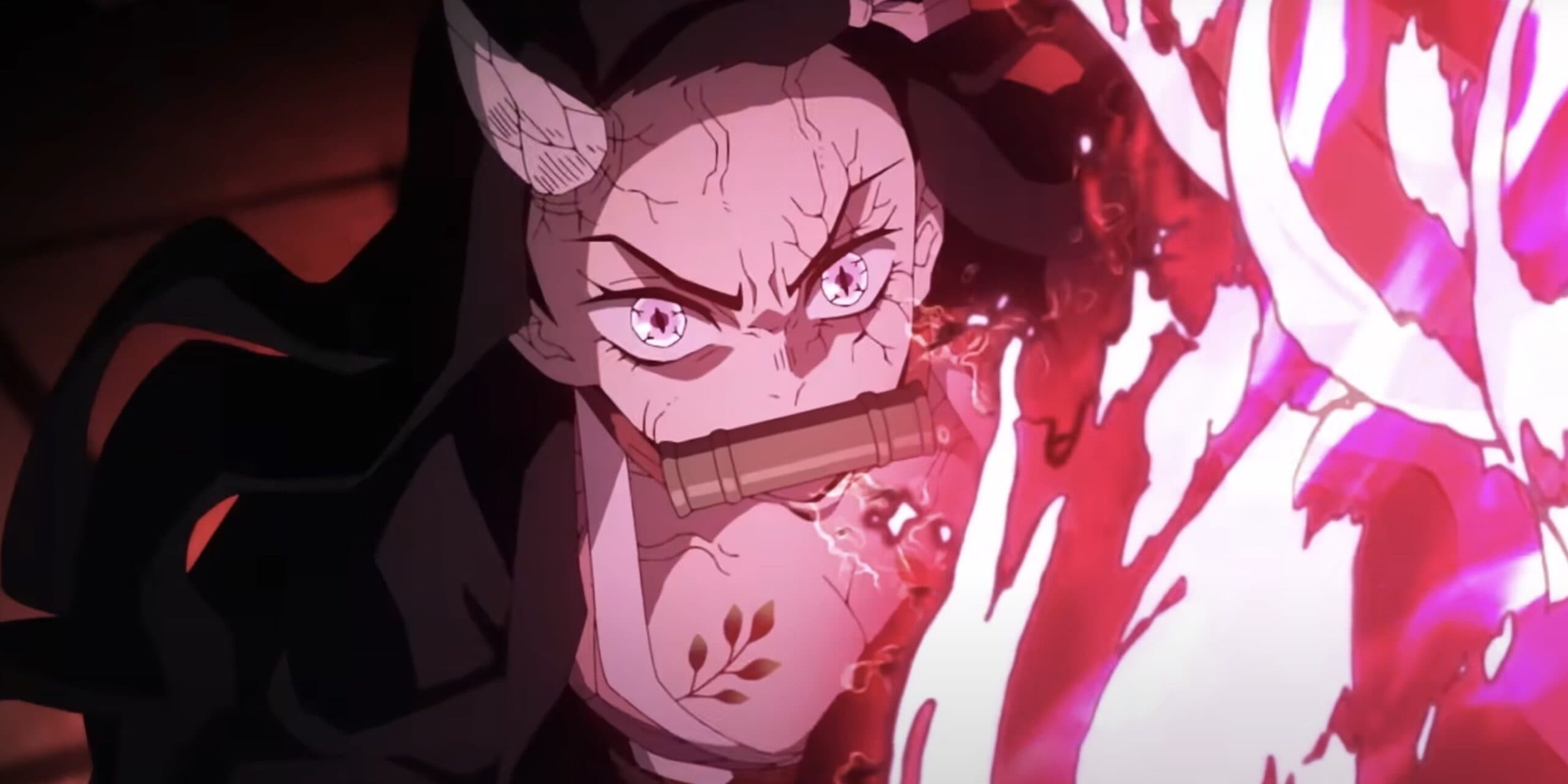
Together, the Kamado siblings represent yin and yang – outer strength and inner light finding harmony. United by bonds of family and sacrifice, their synergistic dynamic empowers Tanjiro to pursue his complex aims without compromise – fueled by both love and resolve.
3. Unearthing the Depths of Tanjiro’s Character
As the central protagonist, Tanjiro represents an inspiring yet relatable character – both in his virtues and the tragedies he faces.
After losing his family to demonic slaughter, Tanjiro’s sole motivation is freeing his sister Nezuko from her unwilling transformation while avenging his mother and siblings’ cruel deaths.
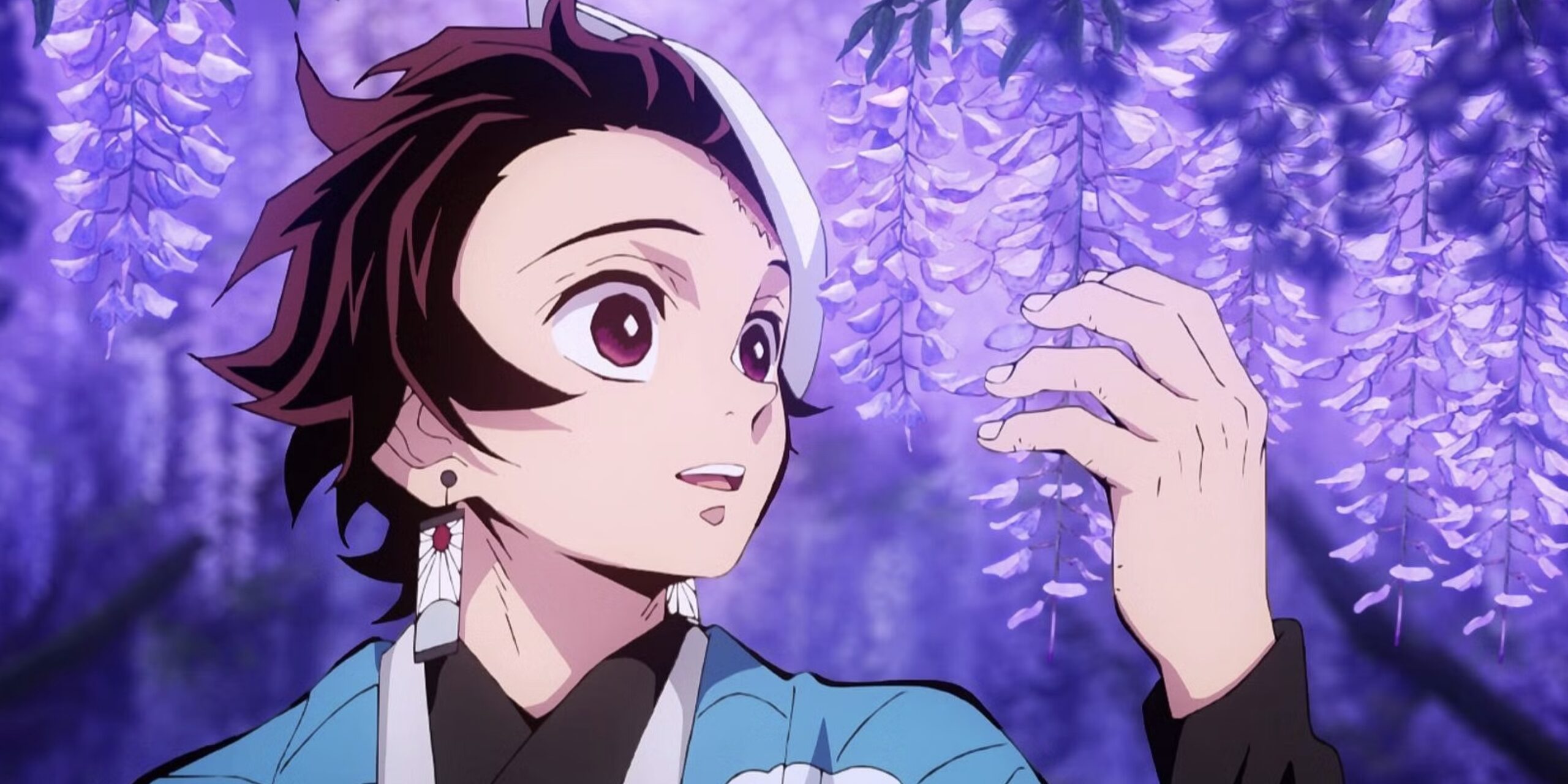
This intense desire drives him to push beyond normal human limits through arduous training with the Demon Slaying Corps, growing incredibly powerful while maintaining his selfless core.
Yet for all his amplified strength and combat ability, Tanjiro retains his compassion and ability to empathize with others – even sworn demon enemies.
Repeatedly, he casts aside hatred, anchored by the desire to save rather than destroy. Numerous instances demonstrate Tanjiro transcending the cycle of vengeance to achieve almost preternatural clarity and calm, treating adversaries with unexpected dignity – seeing their humanity despite monstrous deeds.
This ability stems from his profound sense of empathy – understanding emotions and motivations on an intimate level.
In a brutal world that has every right to harden his heart, Tanjiro instead chooses enlightened pacifism without ever sacrificing conviction.
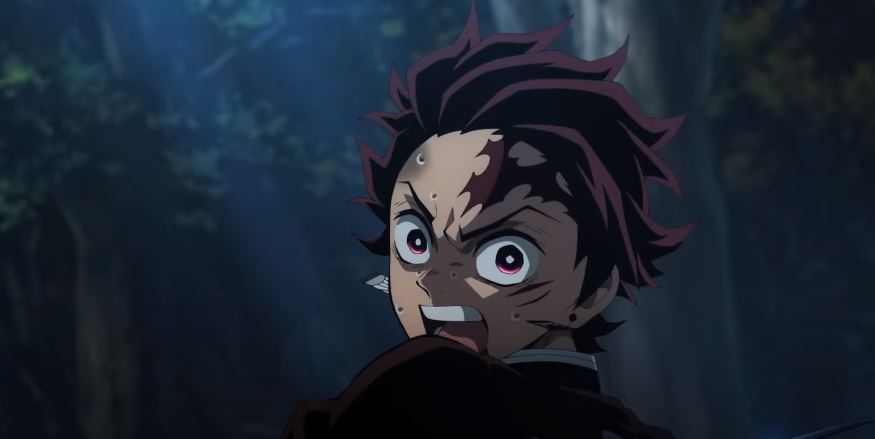
Outwardly kind yet inwardly commanding awe-inspiring power – this balance makes Tanjiro an aspirational poster child of virtuous strength.
His character offers hope to viewers that one can face horror yet emerge better – fighting for both justice and redemption with wisdom prevailing over fury.
Tanjiro represents the greatest qualities humans can exemplify, even when surrounded by the worst.
2. Tanjiro’s Mastery of Sun and Water Breathing Techniques
A key source of Tanjiro’s prodigious talent as a Demon Slayer is his ancestral “Dance of the Fire God” technique – a Sun Breathing derivative of sword skills secretly handed down through his bloodline.
This ability, paired with Water Breathing initially learned from his teacher Sakonji Urokodaki, makes for a versatile fighting style that rapidly accelerates Tanjiro’s progress.
The Sun Breathing forms provide immense stamina and defensive ability, allowing Tanjiro to withstand attacks that would feel most warriors.
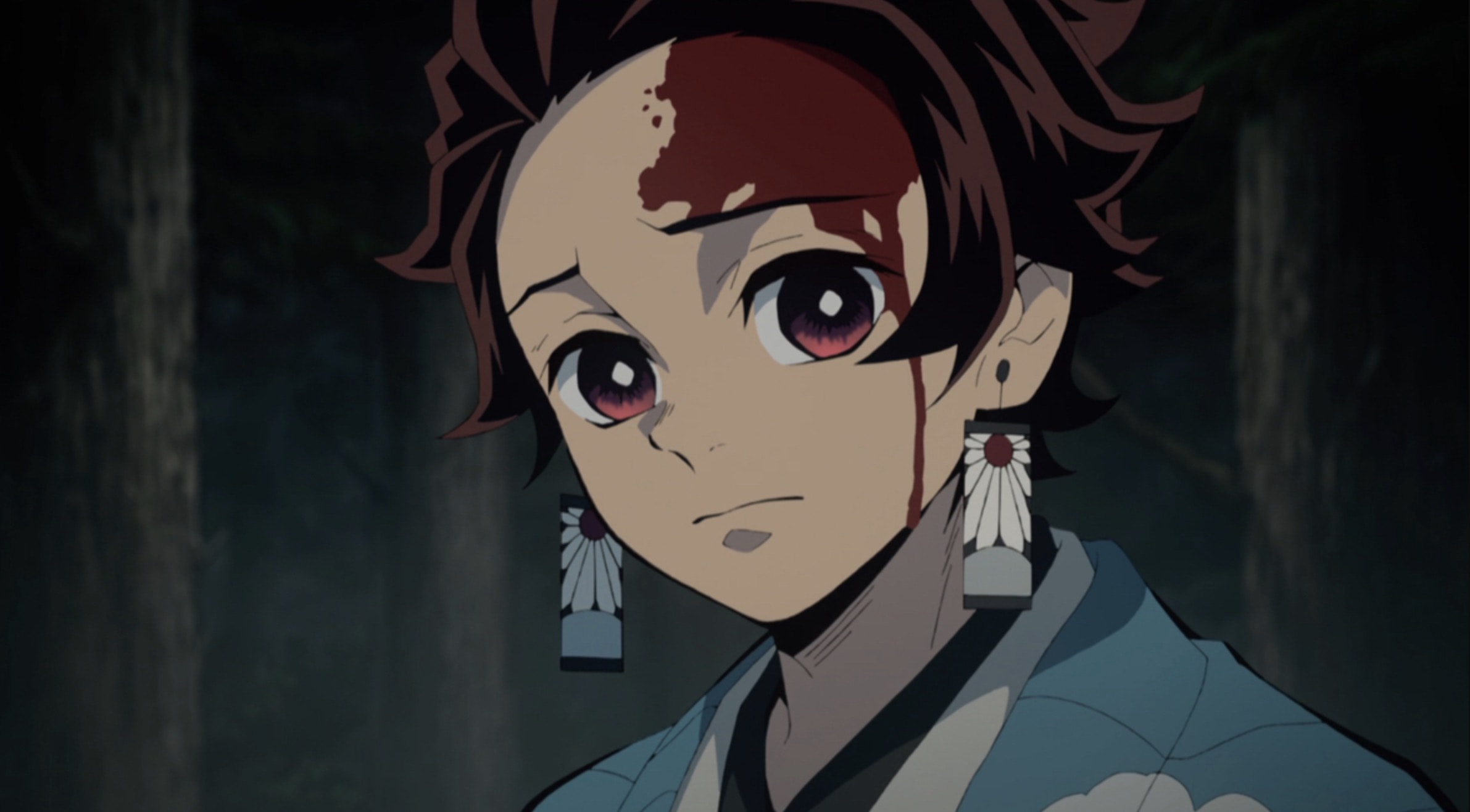
It also grants a unique vision – in battle, Tanjiro can perceive a crimson “bond” between himself and his opponent, enabling him to detect openings through which to strike.
Bolstered by these talents on top of his kind heart and resolve to cure Nezuko, Tanjiro’s scant two years of formal training suffice to push him among the Corps’ top combat ranks.
Very few Demon Moon enemies can match his dexterity, focus, and swordplay mastery so quickly acquired at such a young age.
Between his compassionate spirit, his sensory gifts derived from diligent coal forging work, and his fought fire forged by trauma and lineage, Tanjiro forms a balanced and nearly peerless blend of attributes.
His hybrid Water and Sun techniques make him malleable yet virtually unbreakable against any evil. Truly, Tanjiro was destined both by blood and by choice to achieve his lofty slayer goals.
1. Tanjiro’s Shōnen Odyssey of Resilience, Redemption, and Inner Light
While Inosuke undoubtedly displays his own protagonist merits, Tanjiro serves as Demon Slayer’s central, anchoring hero for good reason.
He encapsulates the classic shōnen template – harnessing whatever gifts available, no matter how raw, to protect his sole surviving family member against impossible odds through sheer audacious willpower.
Well before any combat training, Tanjiro taps into precocious strength to fend off predatory demons, buying time to halt Nezuko’s transition.
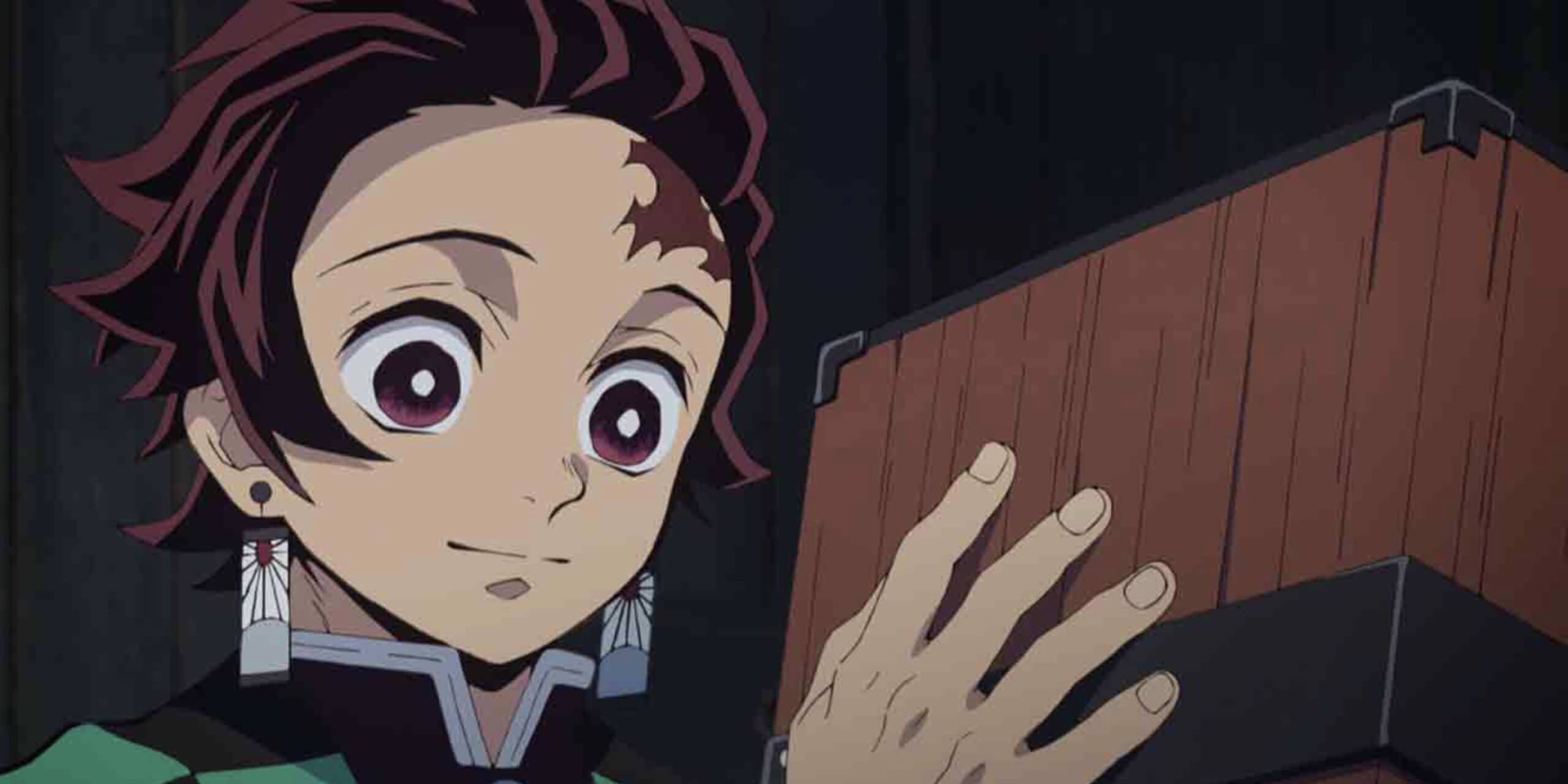
With his family slain and his sister hanging by a thread, Tanjiro vows to master the Demon Slayer Arts to turn Nezuko human again and avenge his butchered loved ones.
This origin defines his motivations going forward. Forged by trauma and love, he channels prodigious rage and resolves into positive change rather than succumbing to hatred. His innate gifts are magnified through discipline rather than unraveling through vengeance.
In essence, Tanjiro represents the shōnen ideal – rising from woeful adversity through buried gifts and bonds once thought fragile.
His journey illuminates the potential within all people to transform pain into purpose and vulnerability into virtue.
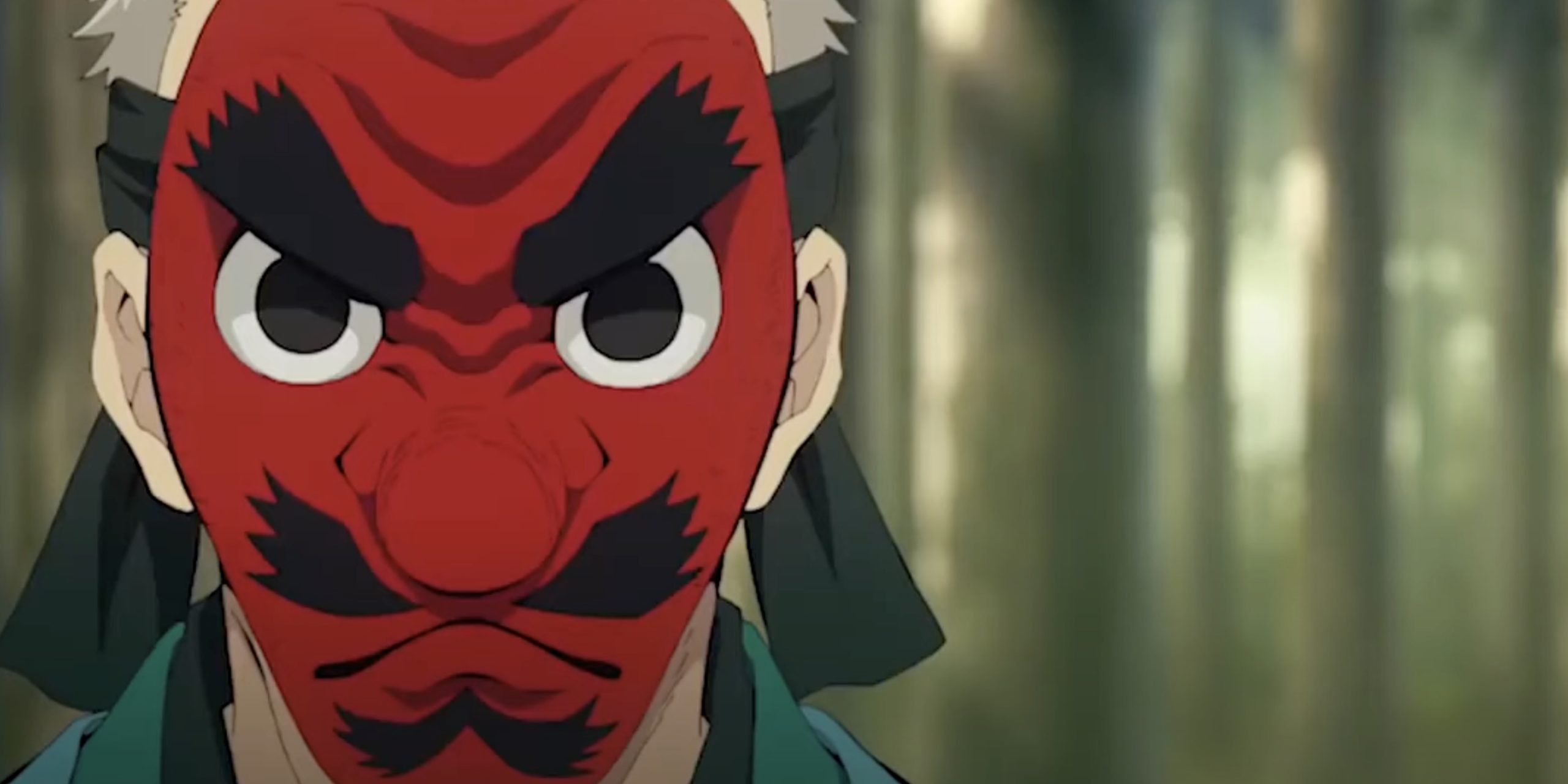
Tanjiro moves hearts precisely because people see their highest selves mirrored back while still retaining his humble humanity every step of the way. If external strength reflects inner light, Tanjiro blazes,
Like many treasured shōnen epics, Demon Slayer crafts a vibrant ensemble where more than one character merits “hero” status from different perspectives.
The series offers dual protagonists sharing the journey in different ways – the conventional central piece in kindhearted Tanjiro contrasted by the rough-edged foil embodied by willful Inosuke.
On the surface, the young men’s backgrounds wildly differ – Tanjiro’s loving family cruelly massacred versus Inosuke’s isolated feral upbringing bereft of human bonds.

However, trauma and loss unite them in the common quest to vanquish Muzan Kibutsuji’s demonic hordes.
Though differing in temperament, the pair find unexpected kinship in their mutually embedded senses of justice, loyalty, and desire to protect the vulnerable.
Together, these yin-and-yang heroes support one another’s development across Demon Slayer’s epic narrative arc.
In the end, parsing “primary” vs. “secondary” status among protagonists misconstrues the nuances of a series with rich ensemble casts. Rather than conflicting, Tanjiro and Inosuke’s differing outlooks serve complementary purposes, bringing out new dimensions in each other while chasing the same overarching goals.
Their dynamic relationship feeds the multilayered complexity that gives Demon Slayer its spark. Two heroes here make the collective shine brighter.
More About Demon Slayer
Tanjiro Kamado begins Demon Slayer as a kindhearted pillar of his family, forced prematurely into a provider role after his father’s untimely death.
Regularly traveling the mountain paths carrying charcoal to support his loving mother and siblings, Tanjiro’s humble but contented life is shattered upon finding his entire family viciously slaughtered by invading demons one night, all except his sister Nezuko.

Though transformed against her will into a demon herself, Nezuko strangely retains glimmers of human emotion and recognition towards Tanjiro amidst the carnage.
After a fateful encounter with Giyu Tomioka, a high-ranking Water Hashira warrior of the elite Demon Slayer Corps, Tanjiro gains direction for his grief – to throw himself into the Corps’ intense training regimen once proving Nezuko’s safe restraint, driven by desperation to cure her condition and avenge his lost ones by mastering the specialized anti-demon combat arts.
Embarking on an arduous two-year journey under the grueling tutelage of Giyu’s own mentor, the reclusive Sakonji Urokodaki, Tanjiro gains sufficient skills in Water Breathing techniques and passes the Corps’ strict qualification trials to formally join their ranks with Nezuko in tow.
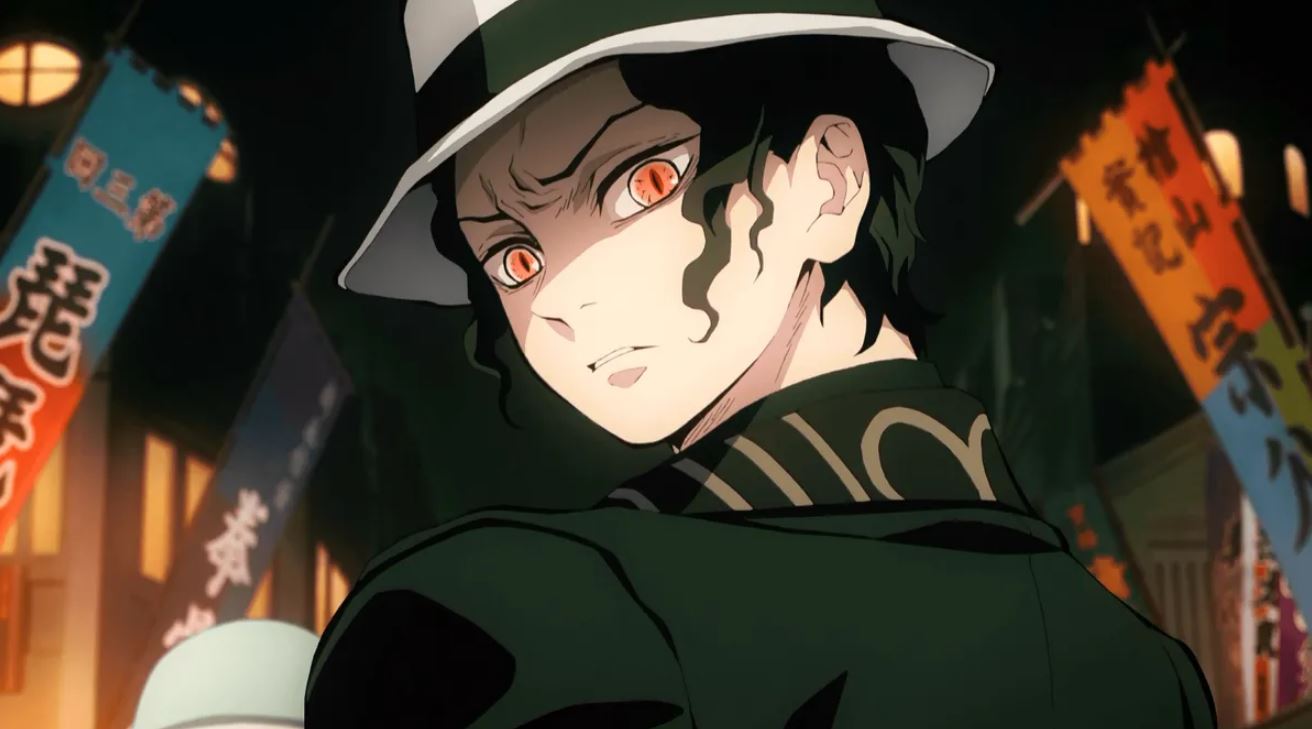
Now on active dispatch battling demon outbreaks nationwide alongside allies, a chance encounter in Asakusa with the cursed immortal Muzan Kibutsuji himself – the progenitor of all demonkind who orchestrated Tanjiro’s family’s murder – reawakens Tanjiro’s smoldering rage.
To aid research towards Nezuko’s cure, he dedicates himself to gathering samples from Muzan’s personal enforcers, the Twelve Kizuki demons – the greatest impediments on his path to retribution.
Bolstered by strange demon allies Tamayo and Yushrio, who strangely retain free will, Tanjiro’s prospects of victory and reunification with a restored Nezuko come more clearly into focus.

